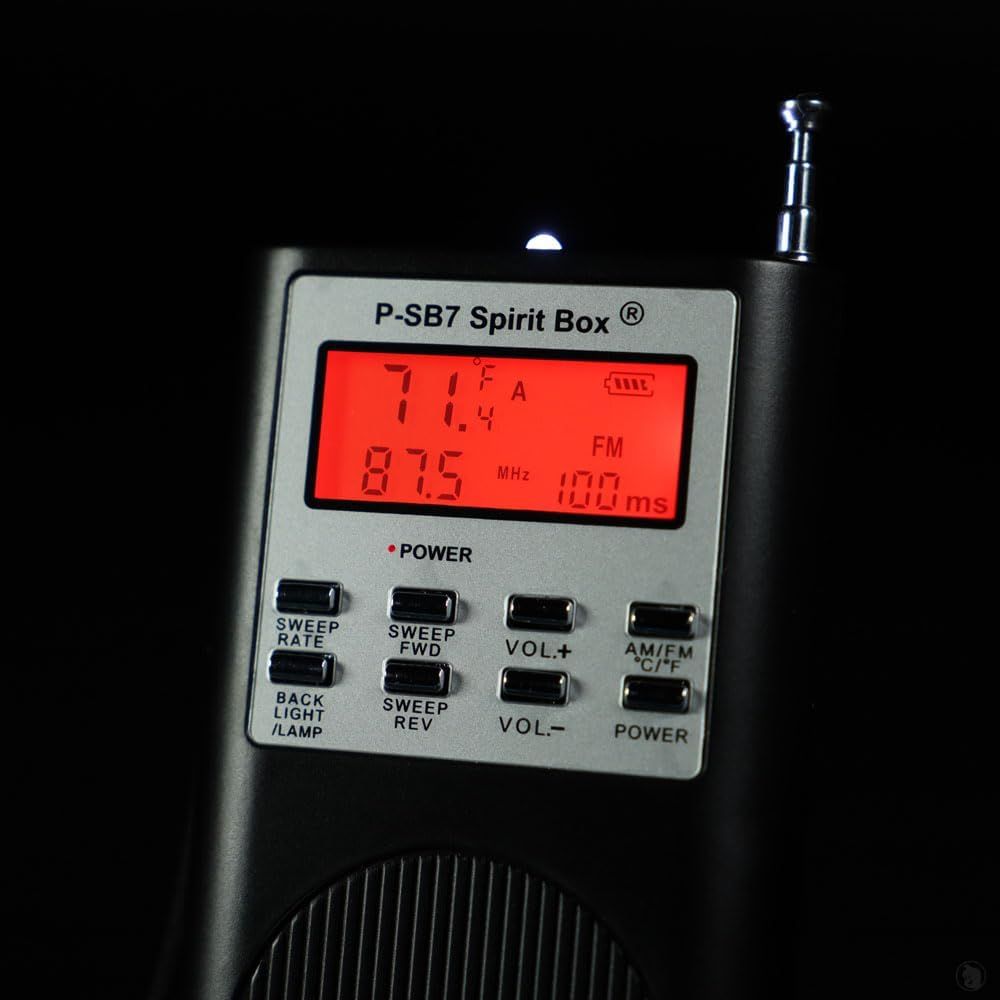Just like you, I’ve enjoyed watching “ghost hunting” reality TV, where professional ghost hunters make things look all scientific and official by bringing in heaps of shiny technology, supposedly to help detect the presence of ghosts. However, if you actually look into what sorts of tools they use, and what they actually do, it should be clear that, ghosts or not, these toys are unlikely to help.
Neither I nor anyone else can say whether ghosts exist or not, and that’s not the purpose of this list. Whether you believe in ghosts or not, you shouldn’t assume just because someone has a box that goes beep, we have a real working method for detecting them.
1 EMF Meters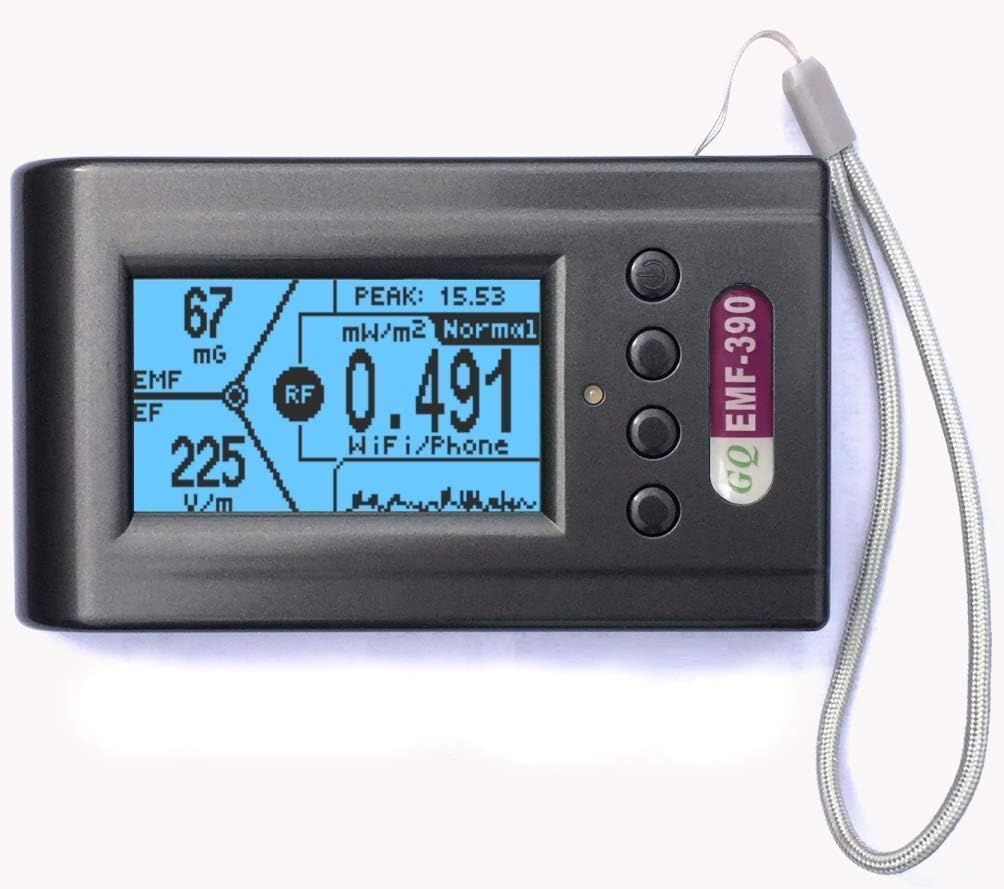
As the name suggests, an EMF meter measures the surrounding electromagnetic fields and ghost hunters use them under the premise that ghosts would disturb the EM field somehow.
The problem is that there are numerous sources of EM fields around us. Most of them are of human origin but, of course, nature also produces detectable fields as well. Wiring in the walls, electrical motors, wireless radio communication, and much more mean that the air is always abuzz with EM fields. The biggest problem of all is that the entire premise makes an assumption about the nature of ghosts that we simply have no reason to believe, even if you think ghosts are real. Since we know nothing about their nature, we don’t know what sort of effect they’d have on EM fields, and so we can’t take any change in readings on such a device to mean a ghost is present.
2 Field Recorders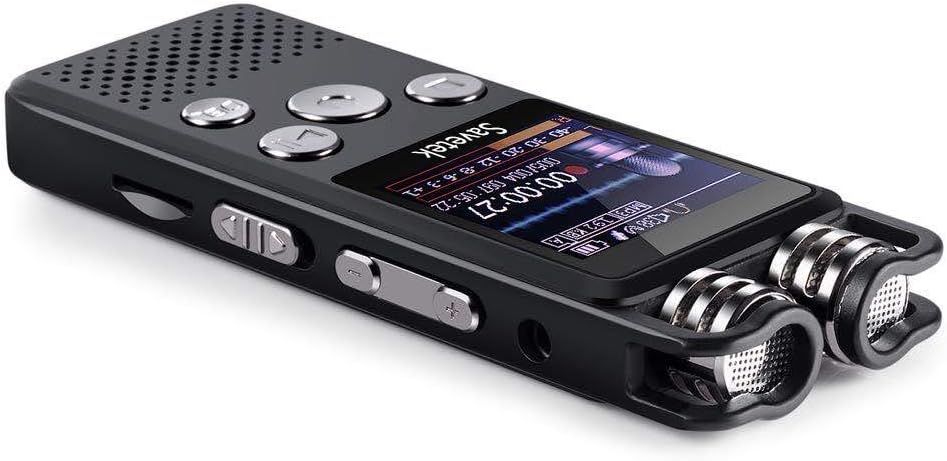
A field recording is a pretty common device. I’ve used them to record interviews, or even music. They generally offer very high-quality stereo recordings and fit in your pocket. It’s a useful, perfectly mundane gadget.
Ghost hunters record “haunted” locations with field recorders, and then listen to the background noise to detect EVPs or Electronic Voice Phenomena. Now, as far as I can tell the idea is either that ghosts produce sound that’s very faint and has to be amplified immensely, or that they don’t produce sound at all, but when they speak, it causes electromagnetic disturbances that you can’t hear with the naked ear, but will show up on tape. Though since modern field recorders don’t use tape, and are digital, that second premise might be on really shaky ground.
The problem is that humans are subject to a psychological phenomenon known as pareidolia. Basically, our brains are tuned to recognize patterns, and if you give it random noise it might see a pattern that isn’t there. This is the same reason people see faces in toast, or that certain clouds look like animals. Tellingly, if you prime someone as to what the “ghost” is saying on the tape, they’re much more likely to hear it too. So if you do use a field recording to try and capture EVPs, it’s a good idea to let a few people all write down what they think is being said without priming, and then compare notes.
3 Gaussmeters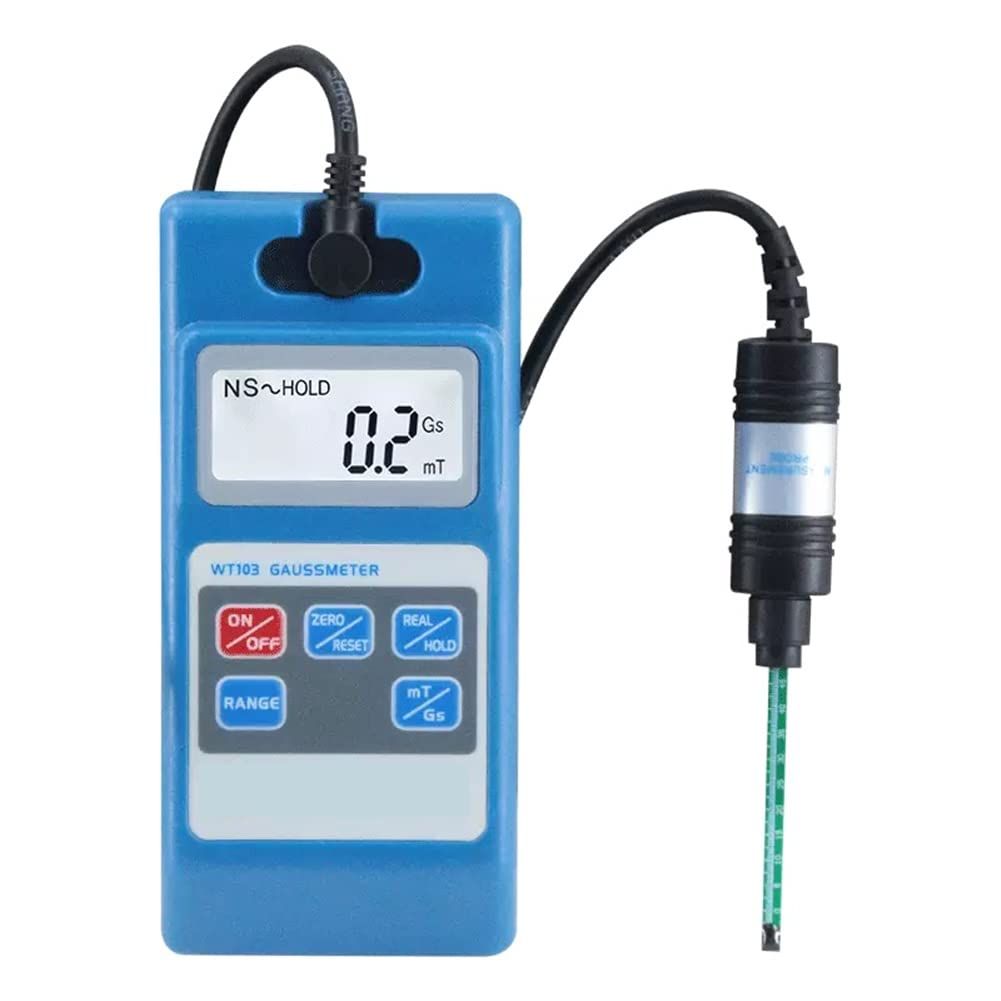
Gaussmeters are similar to EMF meters, in that they both measure EM fields, but the type of field each device is designed for is different. An EMF meter can detect fluctuations caused by electricity, so you’ll detect appliances, or radio waves. A Gaussmeter measures the intensity of magnetism in static or low-frequency fields. In the mundane world, these devices are used to measure the strength of permanent magnets, the effectiveness of magnetic shielding, or to detect magnetic interference.
Regardless, the reasons we can’t say that readings on your Gaussmeter are evidence that a ghost is present are the exact same as for an EMF meter.
4 FLIR Cameras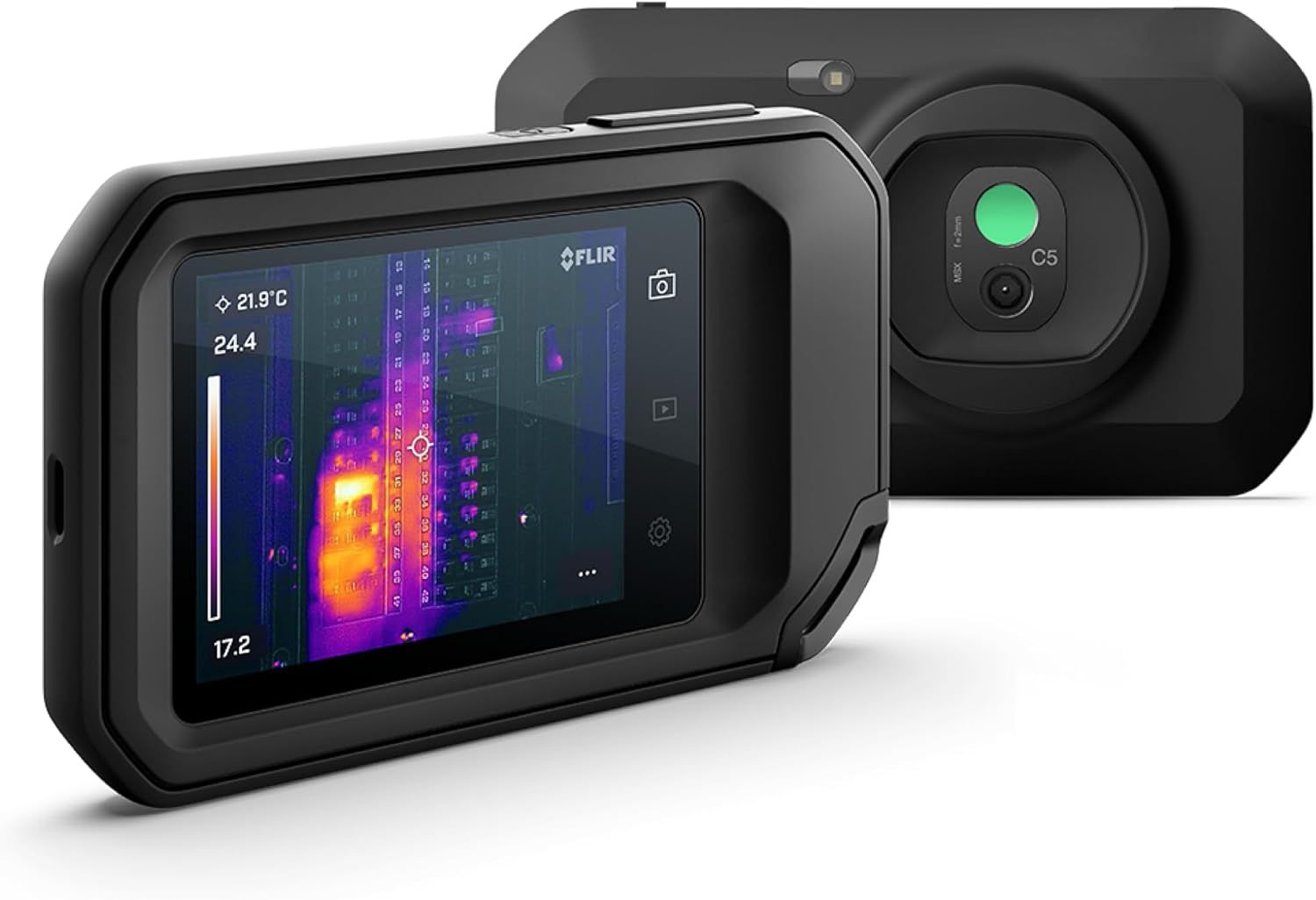
FLIR or Forward-Looking Infrared cameras have sensors that are sensitive to the infrared spectrum of light, which we can’t see with the naked eye. These devices translate different frequencies of IR into false colors, usually linked to specific temperatures. There are tons of great uses for FLIR technology, but most people probably know of them as a way to see people and animals in the dark, even if they are hiding. They also have lots of uses in industrial settings, where you can use an FLIR camera to find hot spots in machinery, or determine how hot something is without needing physical contact with it.
Ghost hunters use FLIR cameras to detect fluctuations in temperature, under the premise that ghosts cause sudden temperature drops. Again, just as with EMF and Gaussmeters, we have no particular reason to think that ghosts have any effect on temperature, what that effect looks like, and what signature it might leave on equipment like this. After all, there are many different reasons why a room might experience a sudden drop in temperature that aren’t supernatural.
5 Spirit Boxes
This is the only gadget on the list that exists specifically for the purposes of ghost hunting. It’s basically a radio that rapidly sweeps through frequencies, hoping to catch the voices of spirits.
Spirit boxes obviously catch fragments of radio broadcasts where people are actually speaking, while at the same time producing white noise perfect for pareidolia to kick in. So, if you want to hear voices, a spirit box will do the trick. There’s just no guarantee the voices are from ghosts!!
You’re free to believe in ghosts and enjoy the spooky things in life all you want, but next Halloween you might just be better off saving your money on gadgets that can’t do what you think they can, and use cheaper alternatives instead. Like a good old Ouija board.
